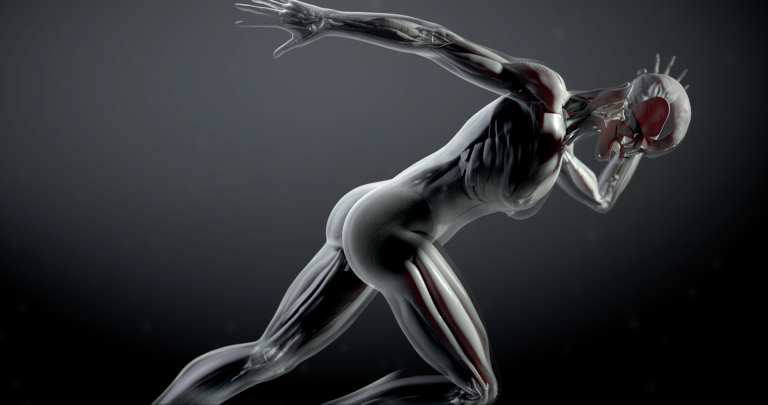VIRTUAL EVENT: Virtual Humans, Supercomputers and Health
29 April 2021, 1:00 pm–2:00 pm

The age of Virtual Humans is dawning, providing each of us with the opportunity to actively manage our health and wellbeing. Join this Lunch Hour Lecture to find out more.
This event is free.
Event Information
Open to
- All
Cost
- Free
Organiser
-
Sanaa Al-Busaidy
Imagine assembling a silicon twin for every person using their digital health data, from the sequence of their genome to the architecture and gait of their skeleton. You could test different lifestyles on this digital twin to choose a healthy and fulfilling lifestyle. Your physician could test different clinical treatments on your digital twin to choose the one that is best for you, specifically. The age of Virtual Humans is dawning, providing each of us with the opportunity to actively manage our health and wellbeing.
This session will be chaired by Roger Highfield. Roger is the Science Director at the Science Museum Group. He studied Chemistry at the University of Oxford and was the first person to bounce a neutron off a soap bubble. Roger was the Science Editor of The Daily Telegraph for two decades, and the Editor of New Scientist between 2008 and 2011. He is a member of the Medical Research Council, a Fellow of the Academy of Medical Sciences and a visiting Professor at UCL and Oxford.
About the Speaker
Professor Andrea Townsend-Nicholson
Professor of Biochemistry & Molecular Biology at UCL
Andrea is interested in understanding how extracellular signals are transduced into intracellular responses. Her research is strongly focused on enhancing our understanding of the molecular basis of health and disease and her work focuses primarily on elucidating the role of cell surface receptors in these processes. We use molecular biology, biochemistry, cell biology, cellular imaging, cell signalling and molecular pharmacology to study purinergic, glutamatergic, GABAergic and dopaminergic responses in the central and autonomic nervous systems and in the cardiovascular system. She is also interested in the development of new technologies to help gain a more refined understanding of existing cellular systems and to use these methods, in the case of bioelectrosprays, to generate new tissues and biological structures from individual cells for therapeutic benefit.
 Close
Close

